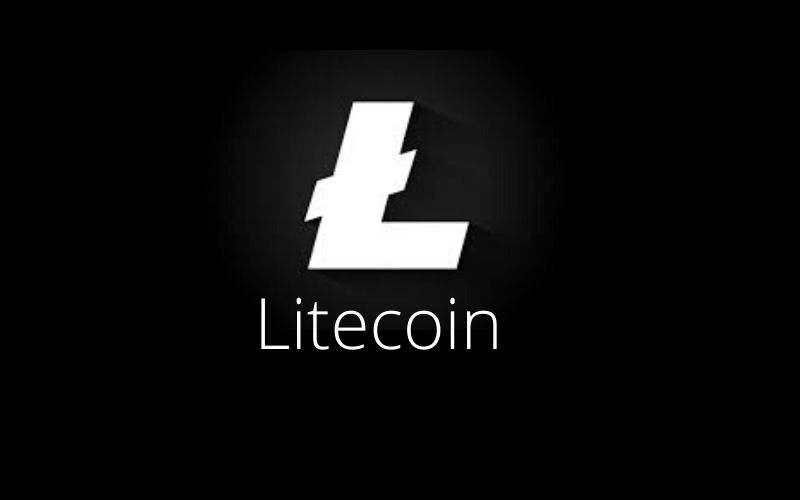The official mobile wallet of the Litecoin Foundation, Litewallet now has new versions for Android and iOS. According to the update, the improvements that come with the version will have several bugs fixed.
This new release was announced via the official Twitter handle of Litewallet a couple of hours ago. It also lets users donate directly to their favorite Litecoin Foundation project.
Litewallet also leveraged the medium to solicit the support of the community, believing all their quests for growth and development can only materialize with the supports of the community members.
“Litewallet Android v1.19.0 Beta and iOS v2.7.0 are out now! These improvements fix bugs and let users donate directly to their favorite Litecoin Foundation project. We need support from the community to make this work. Please download, go to Send > Donate & tell a friend!” Litewallet shared.
Litewallet Android v1.19.0 Beta and iOS v2.7.0 are out now!
These improvements fix bugs and let users donate directly to their favorite Litecoin Foundation project. We need support from the community to make this work.
Please download, go to Send > Donate & tell a friend!— Litewallet™ (@Litewallet_App) March 8, 2020
Litecoin MimbleWimble February Development Update
The project lead for the Litecoin MimbleWimble (MW) proposal, David Burkett released his February update about 6 days ago. He provided further insights on the non-interactive proposal made available in January.
He wrote, “I believe we’ve finally got a design that resolves the issues found with the first write-up, and I’ve turned that into a LIP (https://github.com/litecoin-project/lips/pull/13 8). I suspect it will still take some time before the LIP has had sufficient review to be considered safe enough to accept, but I’ll continue to keep one-sided transactions in mind as I develop.”
Burkett also mentioned the good progress made so far on validation rules in the publication of the new Litecoin Improvement Proposal (LIP).
However, he pointed out that there is still much work to be done. He added that progress has been made to the kernel design with newly introduced modification.
“I’ve also started to build out the merkle mountain ranges (MMRs), which are a data structure we use to commit to kernels & outputs. Once the MMR logic is finished, I should be able to get back to the block validation logic. I didn’t get to work on the Node API like I had hoped, but that’s something I also expect to get to next month,” Burkett wrote.
Moreover, Burkett writes about his hesitation to provide feasible deadlines for submissions in his own words.
“…writing blockchain software is difficult, time-consuming, and unpredictable at times. I didn’t want artificial deadlines to force us to rush through parts of the code and introduce defects or security vulnerabilities.”
